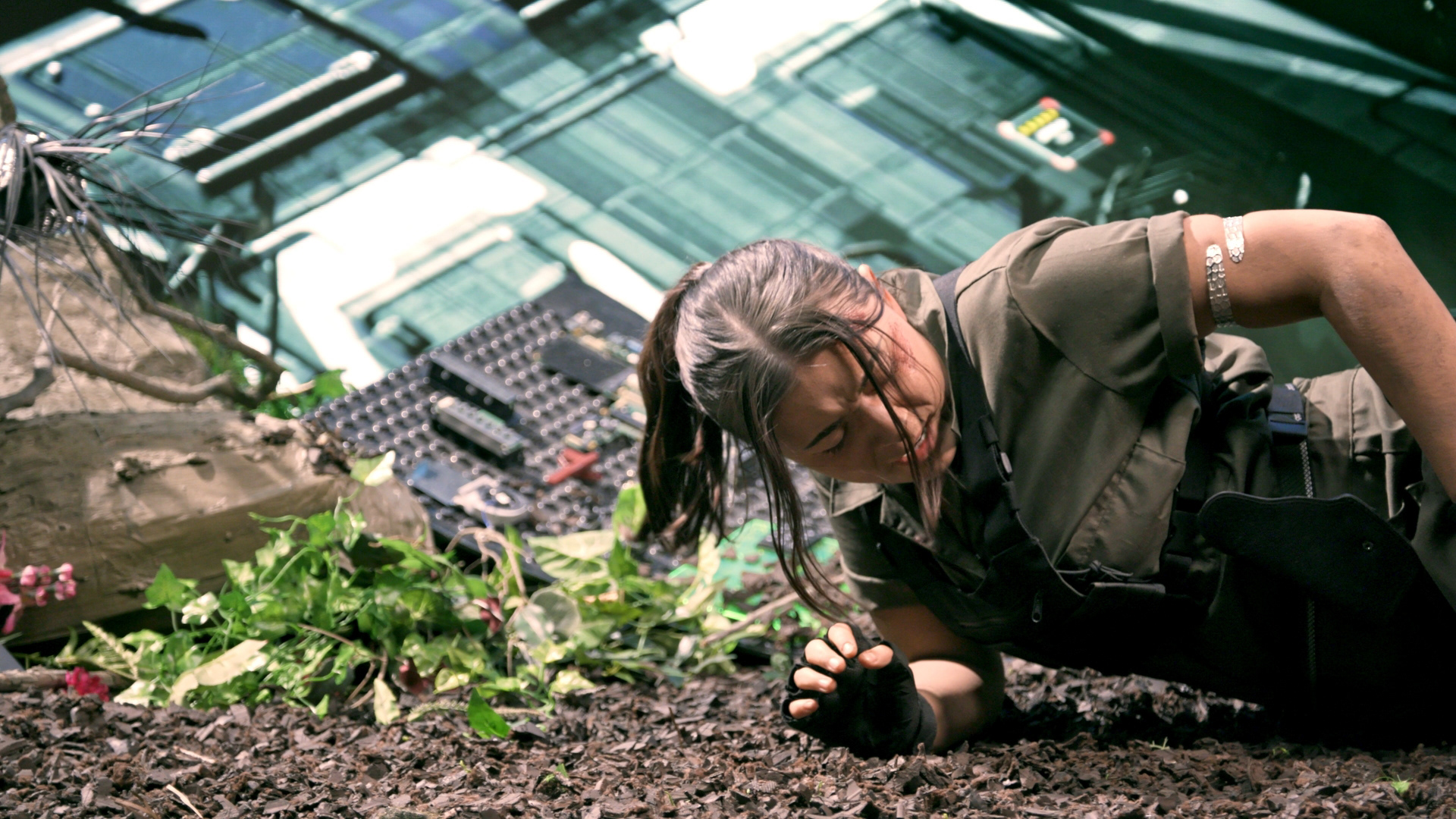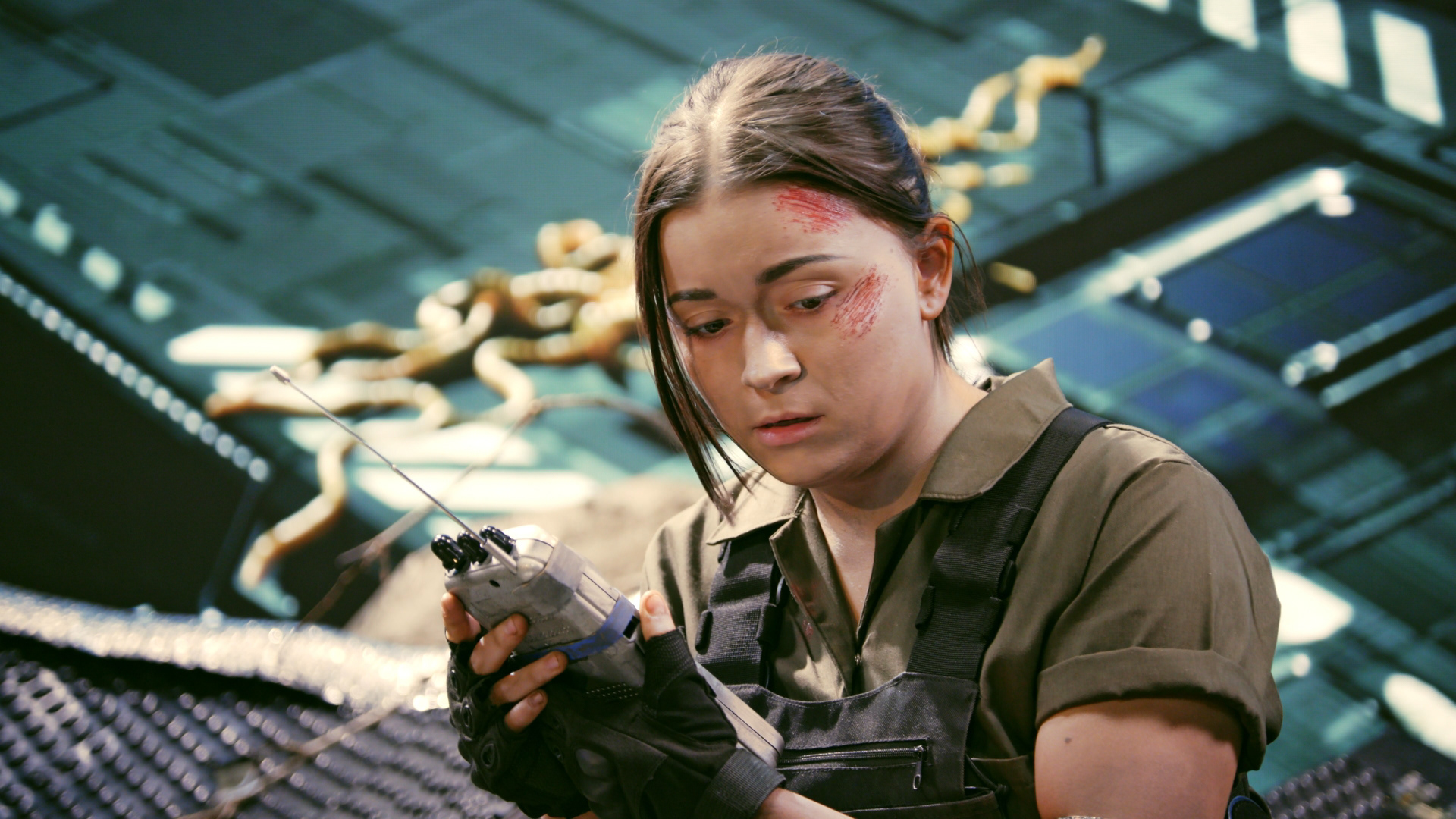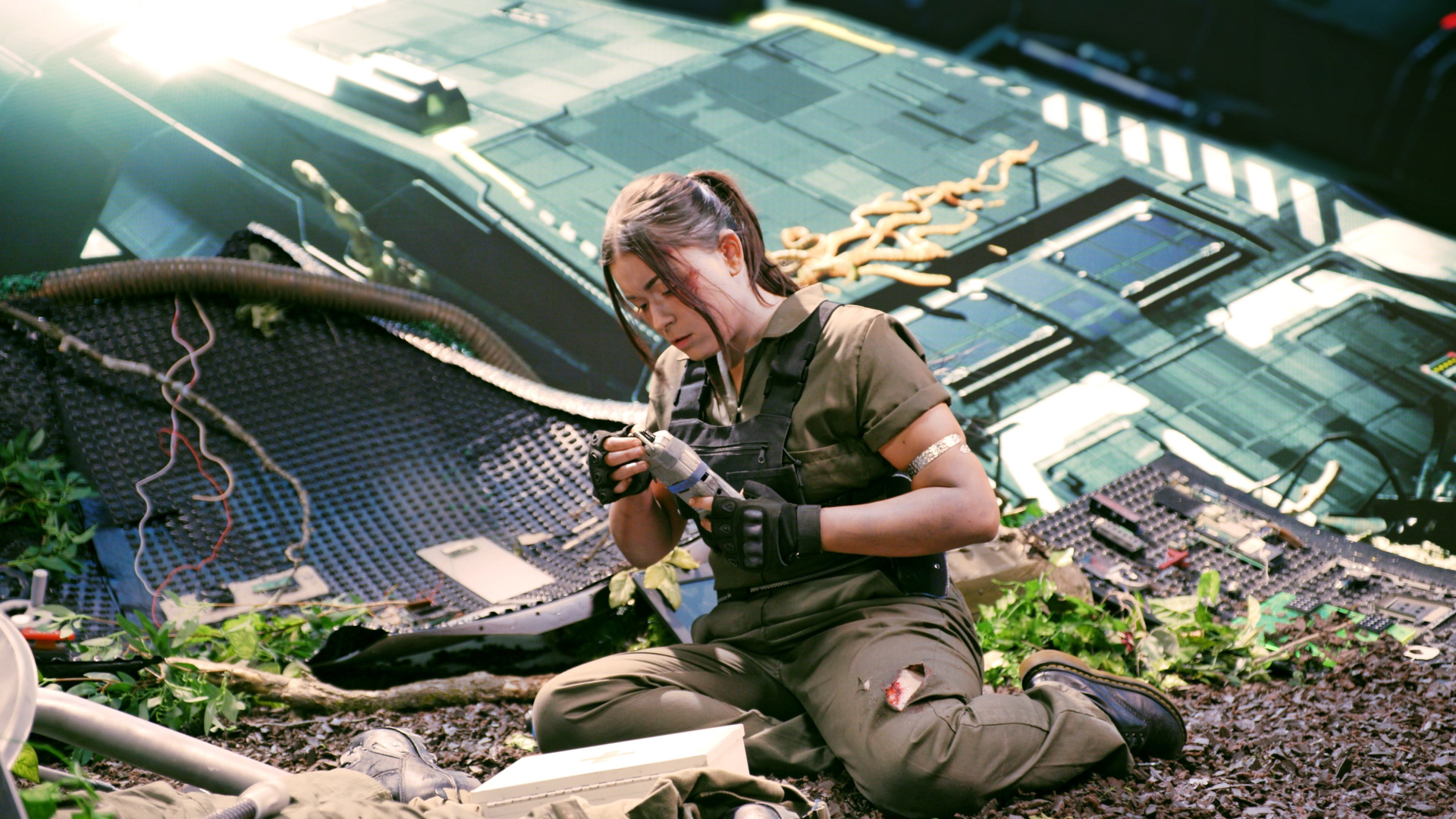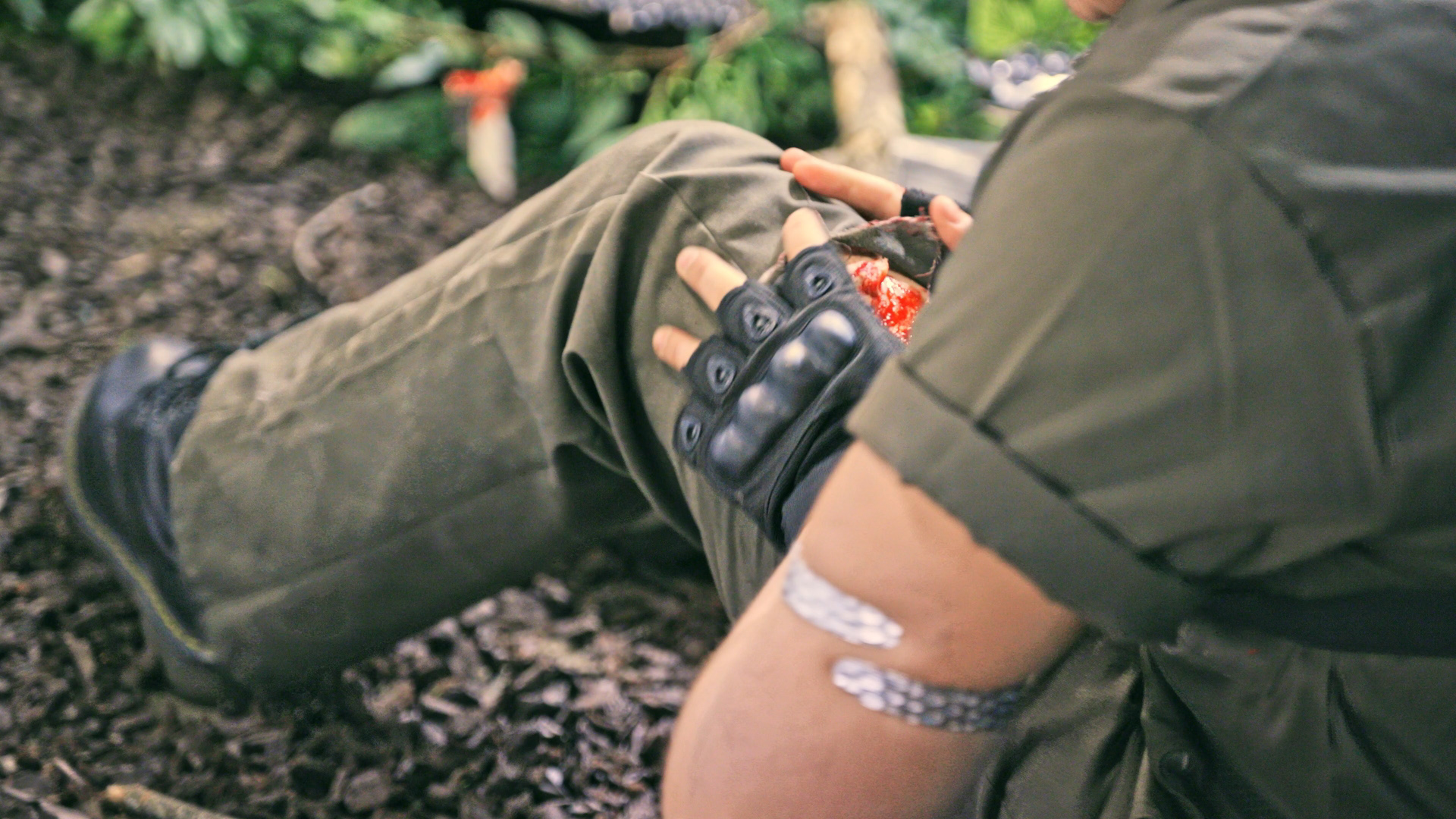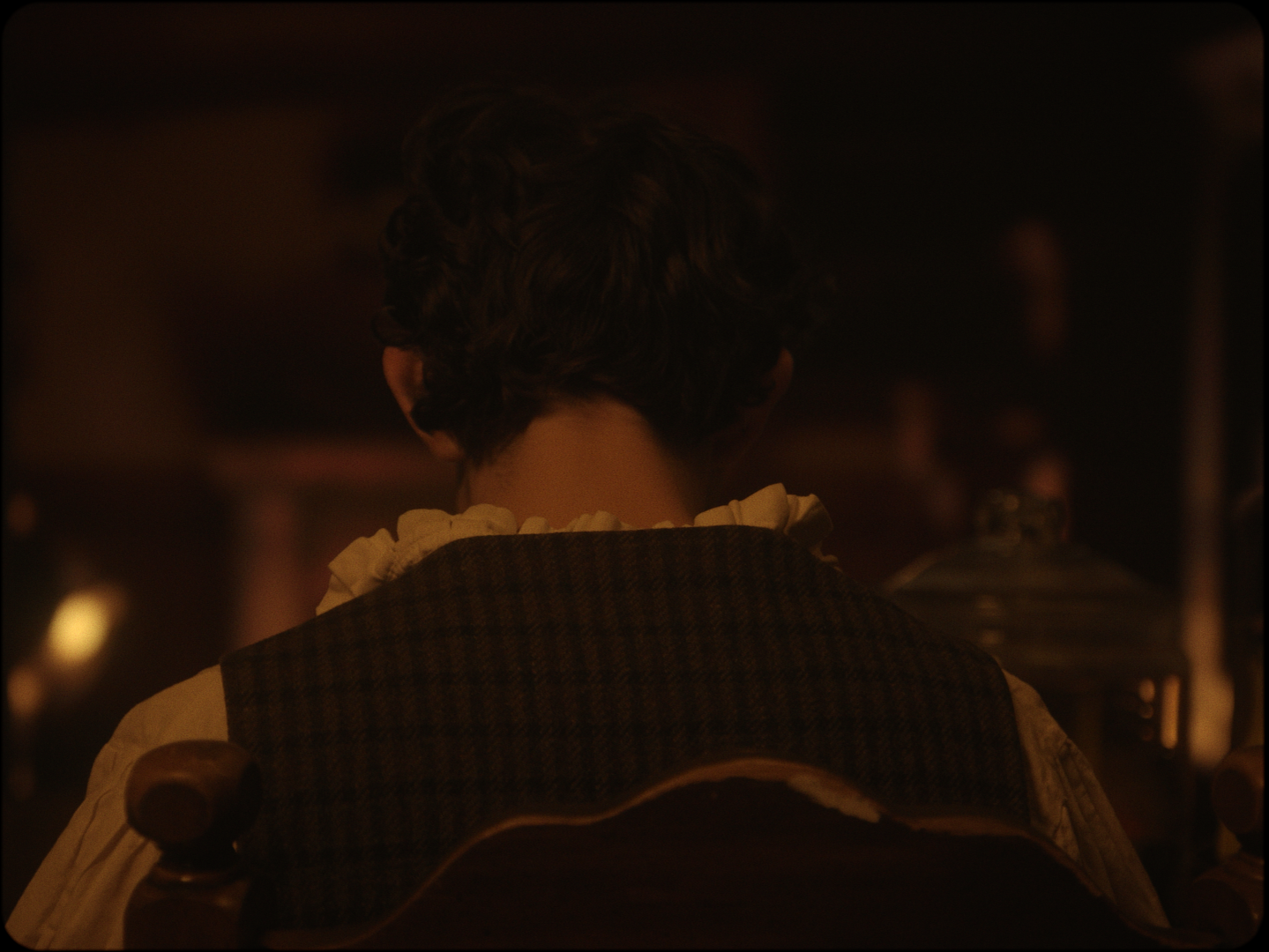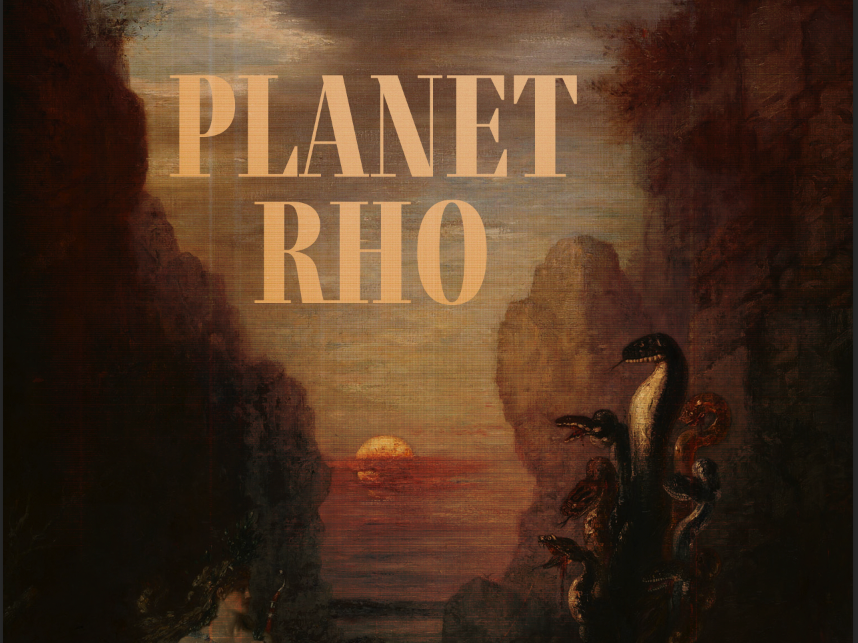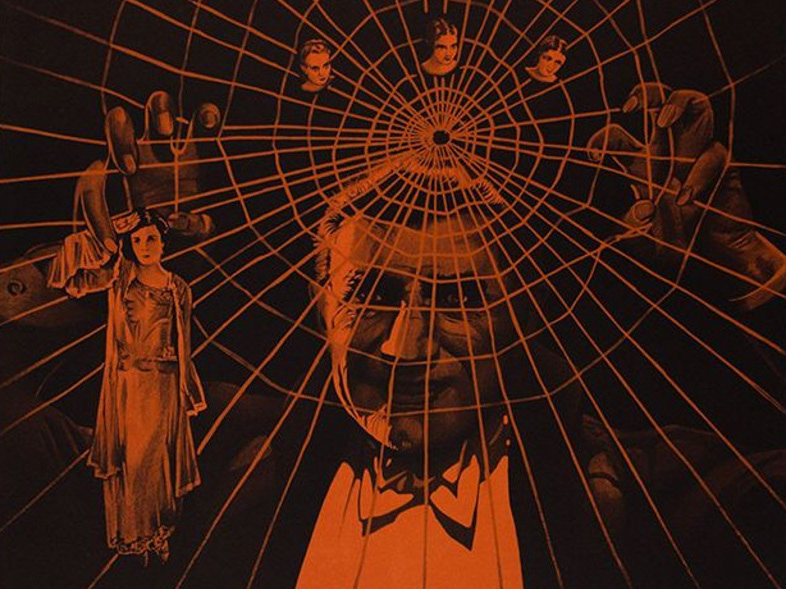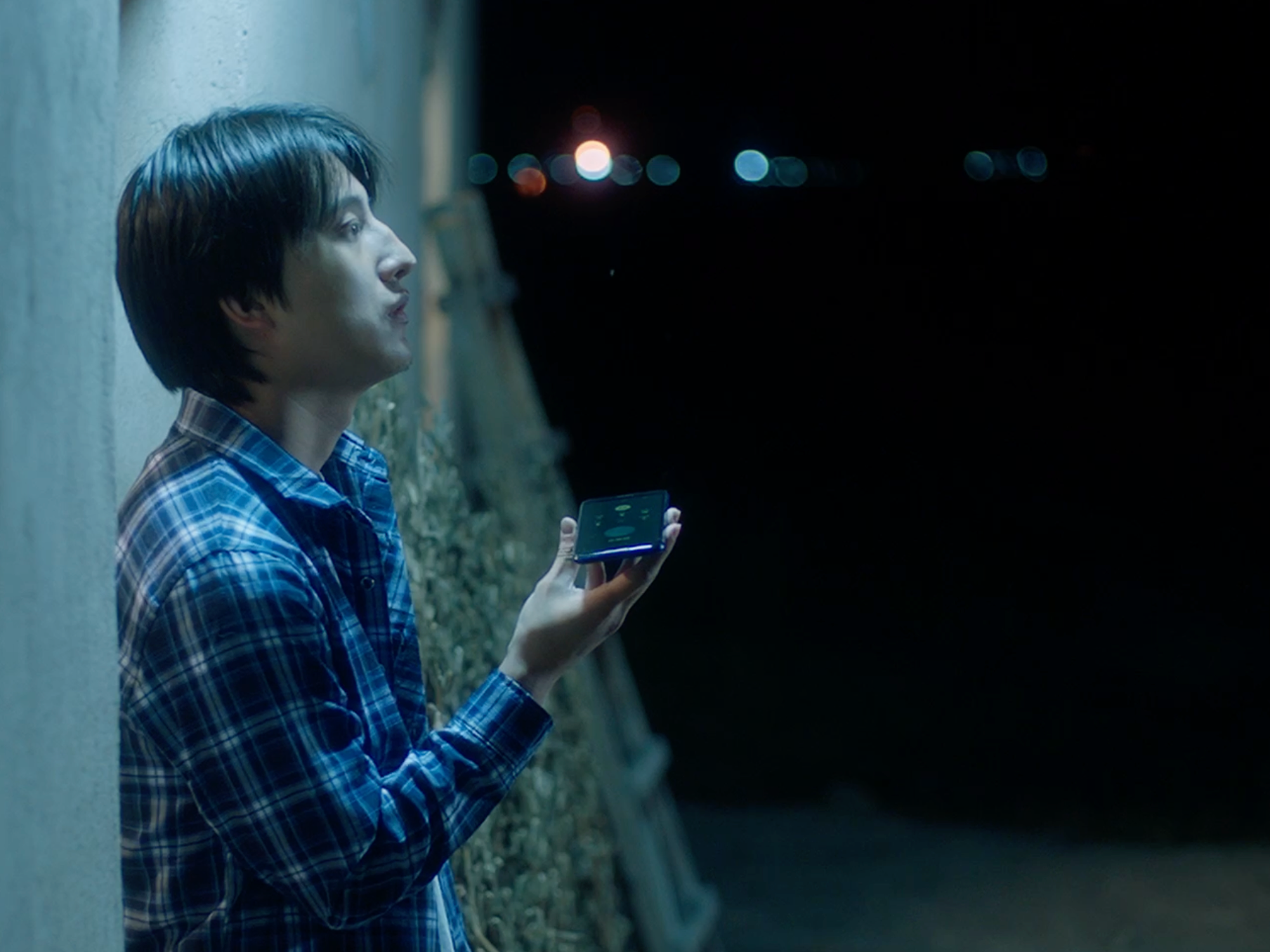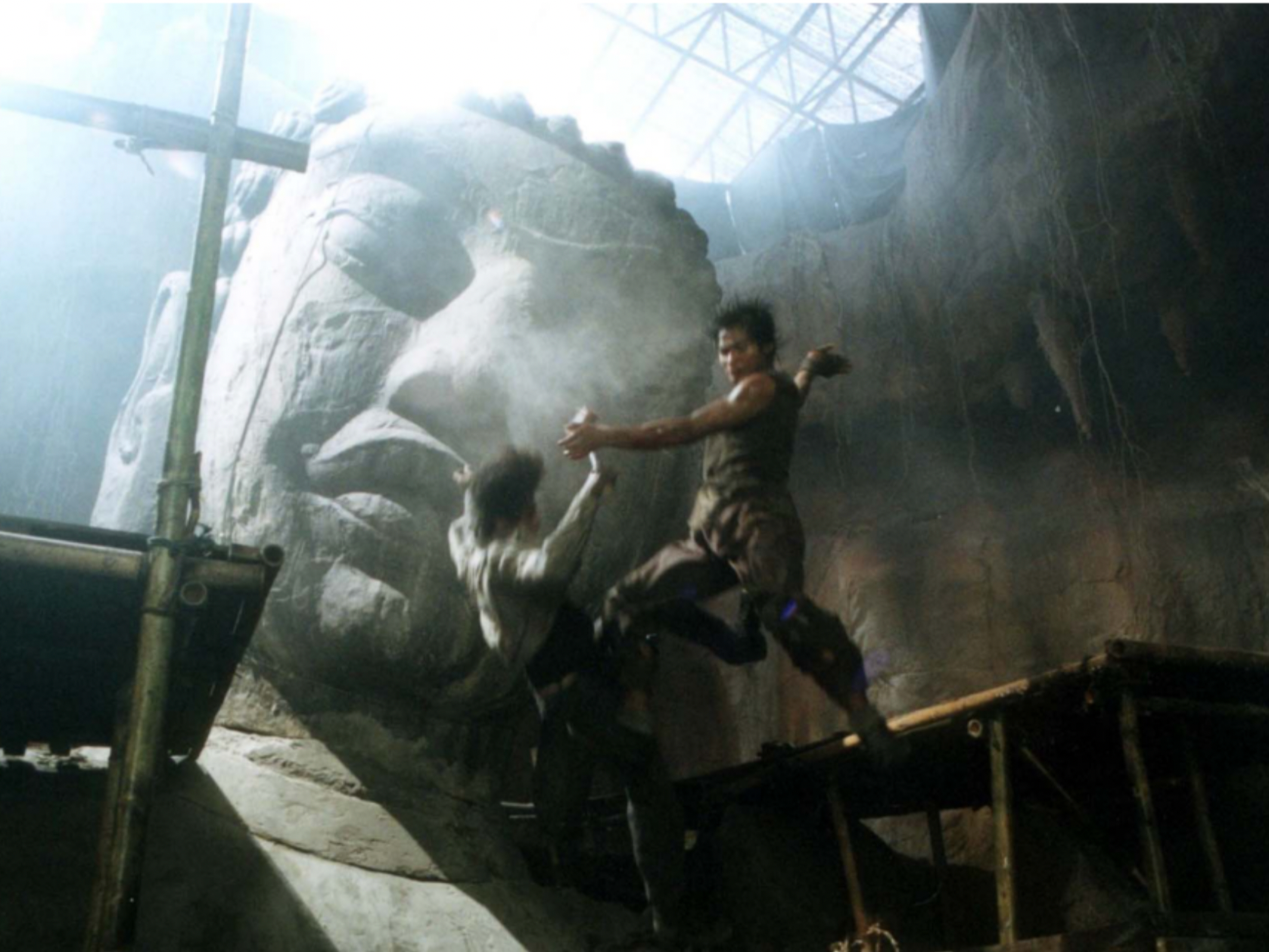As editor, my biggest challenge was matching the continuity between shots. We had a very limited amount of time to shoot on the Volume stage, which meant the dailies had little in the way of coverage and there was not opportunity for reshoots beyond absolute necessity. I had to match action across shots very carefully, as there was often no footage that could be used as a cutaway, or the actions would only properly match on single takes.
As colorist I needed to match a variety of different lighting setups. The Volume screen produces different light depending on what is being displayed, so shots with a lot of nature produce vast amounts of green light while shots of the ship produce vast amounts of blue light. In a physical environment everything around the actor is always reflecting light even when off camera, but on the Volume stage it's only what's on screen. This means each shot has to have extra care put into its color match. On top of this there are many slight errors or quirks from working with the new technology that needed to be masked over, like pixellation and banding on the screen or the individual LED panels being visible. What was most important with this was making the screen look as good as possible, which meant bringing out the vibrancy and life in each shot to give it a bright spring feeling.
As sound engineer I needed to create the atmosphere of the alien world. This required sourcing, selecting and mixing a variety of ambient environmental recordings, animal calls, and alien noises, carefully controlling the timing and level of each to make it sound like a single cohesive environment without distracting the audience from the main action. Similarly I had to create the sound for the ship crash sequence, layering several explosion sounds, and adding just enough ambient sound so the vast space sounded like a place while still sounding silent. Onset sound had to have minute processing and volume control as we had a limited amount of mics available and no time to record ADR or foley.
As a member of the virtual art department I helped assemble the digital sets used in the animated sequence and the onscreen environment, sourcing and placing all the assets. My biggest contribution to the department was acting as engine operator on the first day of the shoot, coordinating with the directors and the DP to arrange the digital assets so they looked like continuation of the physical set on camera. I also helped troubleshoot glitches in the animated sequence. Working with the Unreal Engine on the fly gave me a good understanding of how it works and the "quick and dirty" fixes you need to create a set for shooting.
